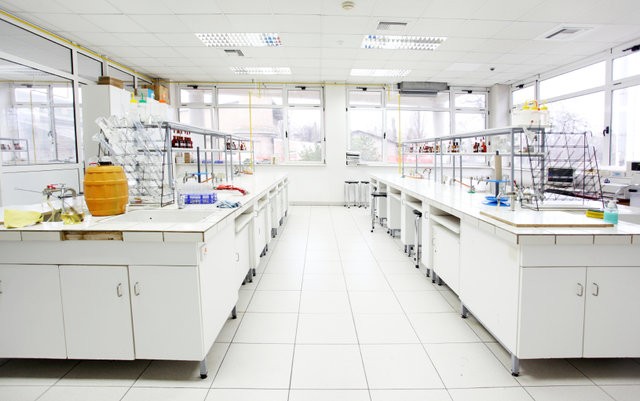With over 500 pharmacologically active compounds, it is no wonder that people have been taking marijuana as a medicine since monkeys first climbed down from trees. For some people, getting high is just as much a part of the therapeutic aspects of marijuana as whatever medical indications they might have for taking it. But for many people—especially in the case of children—the psychostimulatory aspects of marijuana are undesirable. A significant subset of the population doesn’t respond positively to marijuana, either, and for these people the “high” may be anything but.
Cannabidiol (CBD) is one such compound: in its purified form—Epidiolex is now entering Stage III clinical trials—it is by far the most effective medication against Dravet’s Syndrome, a form of childhood epilepsy that, up until now, could not be treated. Although the effects of Charlotte’s Web have been reported anecdotally for years, the issue of bias (caretakers ignoring things they don’t want to see) and the lack of control over the substances have made assessing the clinical utility of CBD difficult.
This year, too, ajulemic acid (Resunab) entered Stage II clinical trials. Ajulemic acid appears to be the “Golden ticket”—the one compound that selectively binds to CB2 receptors without any affinity for CB1 receptors, making it invaluable for treatment of inflammatory conditions, autoimmune diseases, and pain.
But modifying compounds is only one trick that pharmacologists have. Administering a second drug (say, an opiate) simultaneously might allow doctors to administer the opiate and THC at doses far lower than would be required of each one separately to provide the pain relief. This synergism is a well-documented effect amongst recreational (and inadvertent, perhaps) drug users, but nobody has, as of yet, tried to make use of it clinically. It has been noted this year that the number of prescription opiate overdoses dropped by 30% in states that had legalized marijuana; perhaps this has less to do with people substituting marijuana for opiates and more with them realizing that they didn’t need as much for the same amount of relief. Several compounds, such as R(+)-WIN55212 might soon be making their way into a pill bottle near you.
There are, in total, only about a dozen compounds that have demonstrated enough safety and efficacy to be considered for clinical trials, and most of those are not currently in a trial. One of them, Rimonabant, was withdrawn from the market because the side effects were too dangerous. And this is one of the many paradoxes of marijuana-based medicine: by itself, marijuana is one of the safest, least-lethal drugs in the world, and it is possible that it does a lot of good. But as we purify the compounds, extract them and modify them—as we move further and further away from the plant—new dangers, new toxicities, arise. Maybe some plants were just meant to be smoked.






